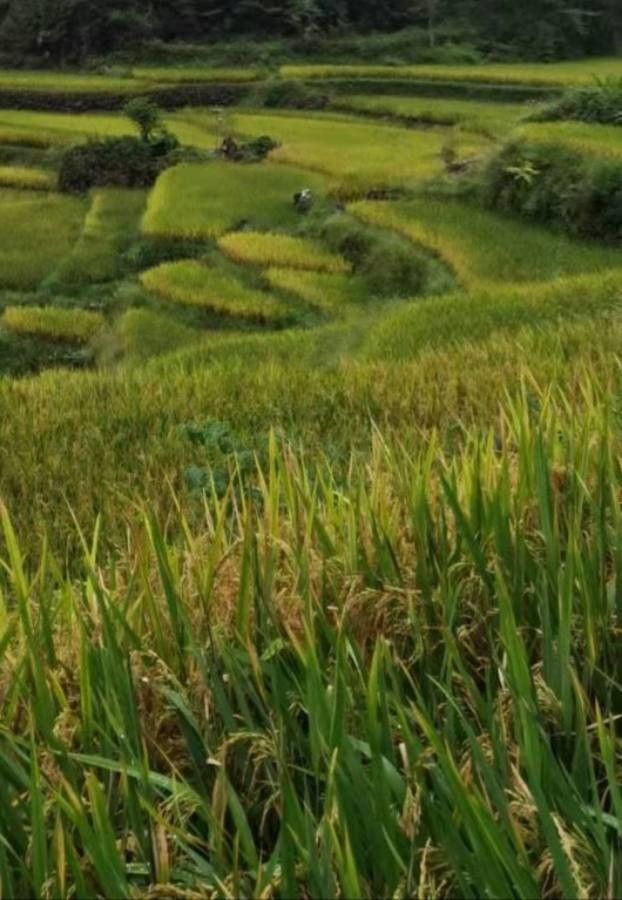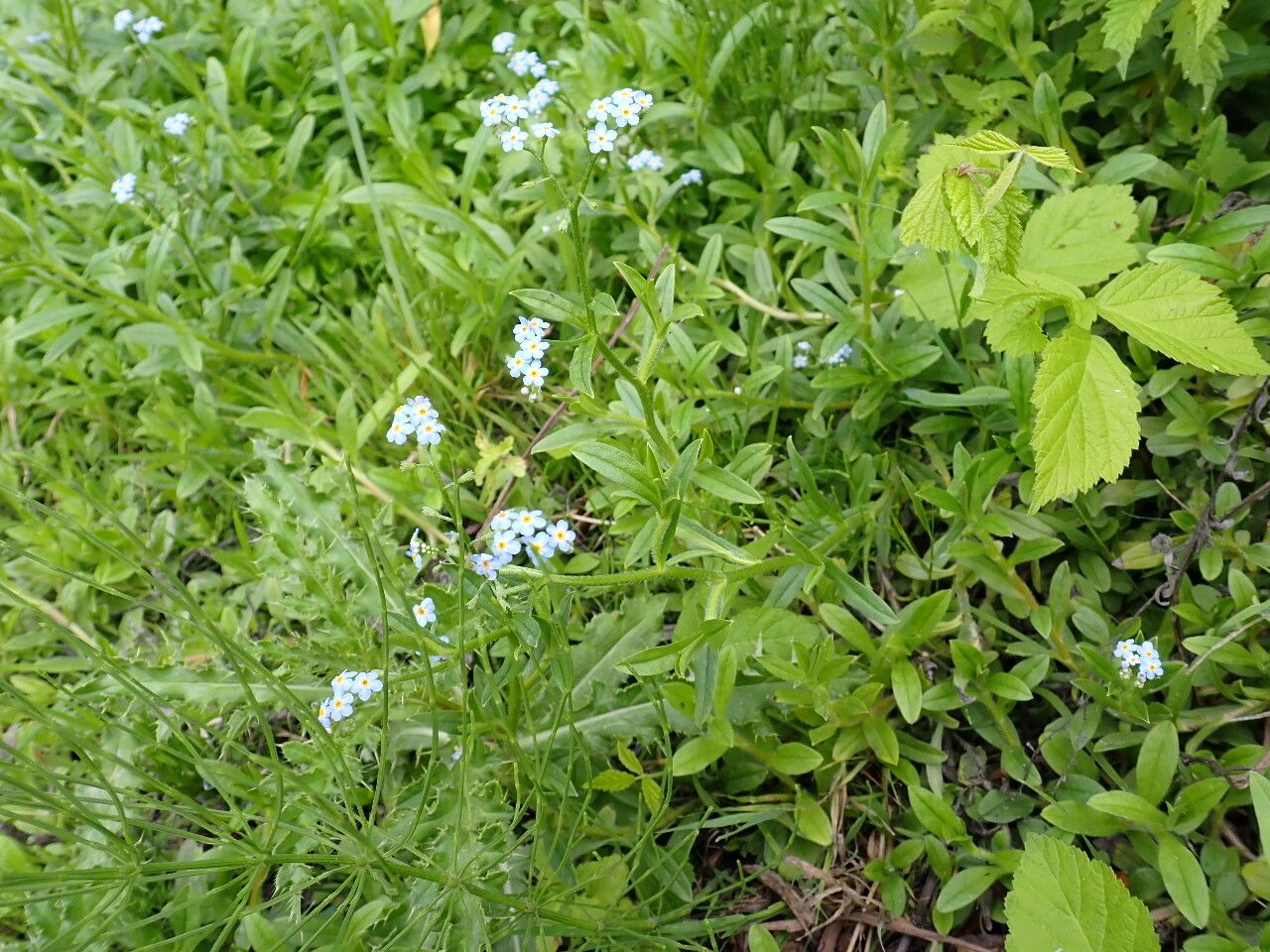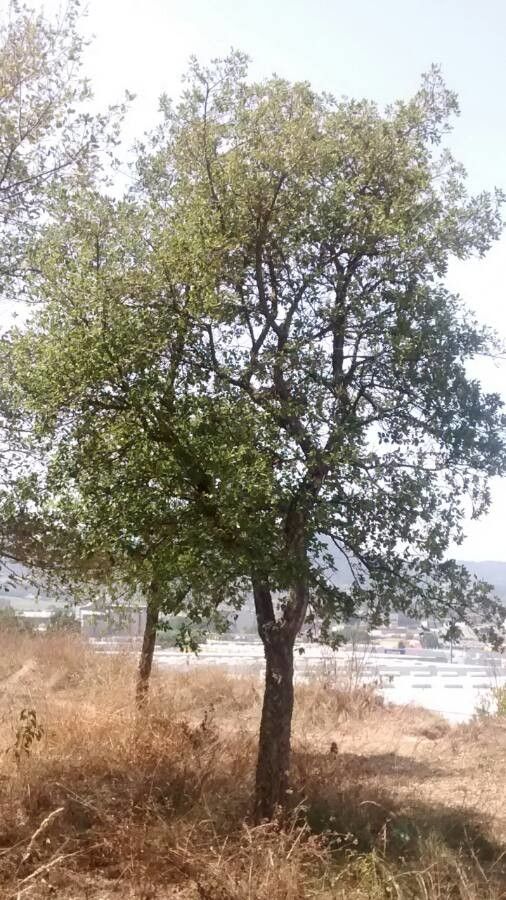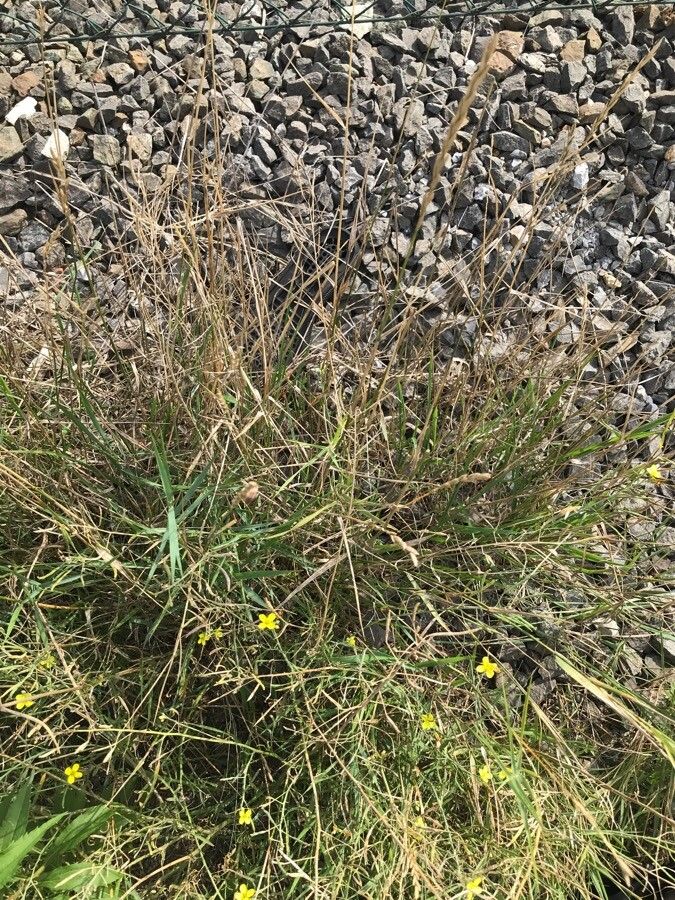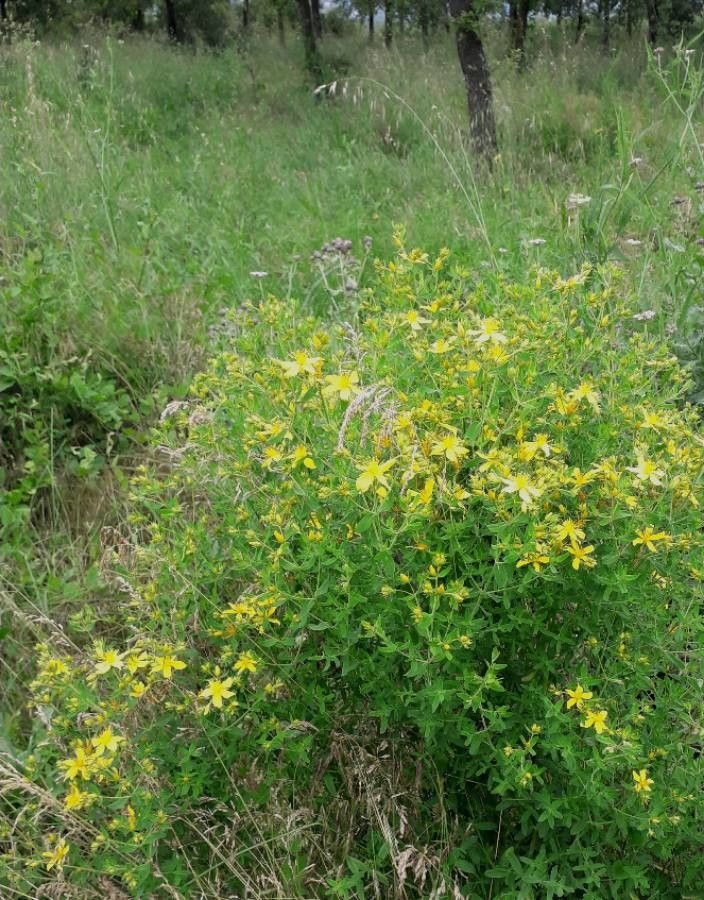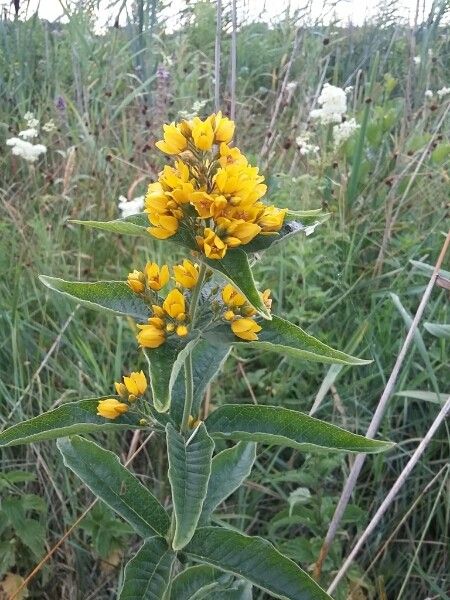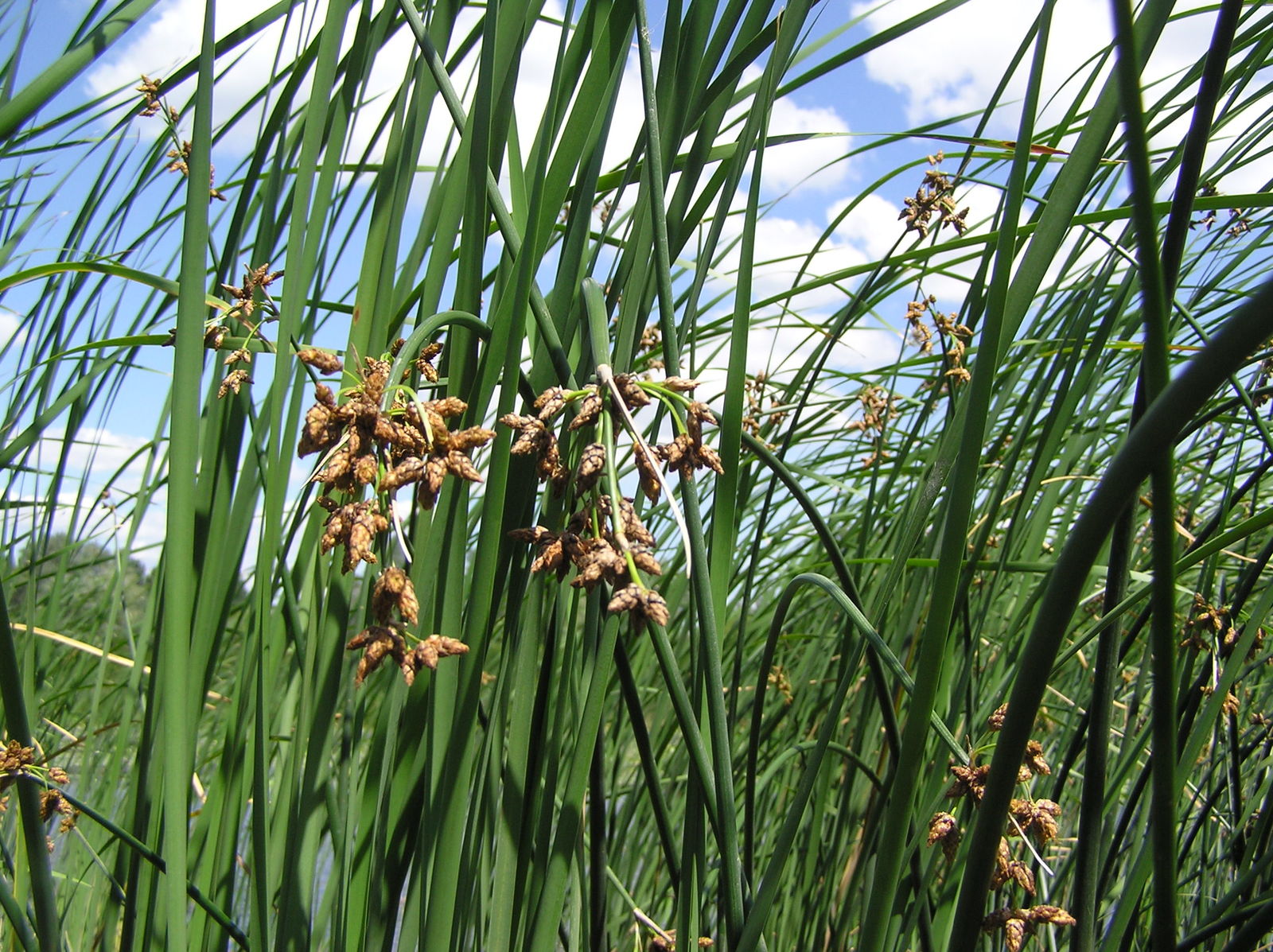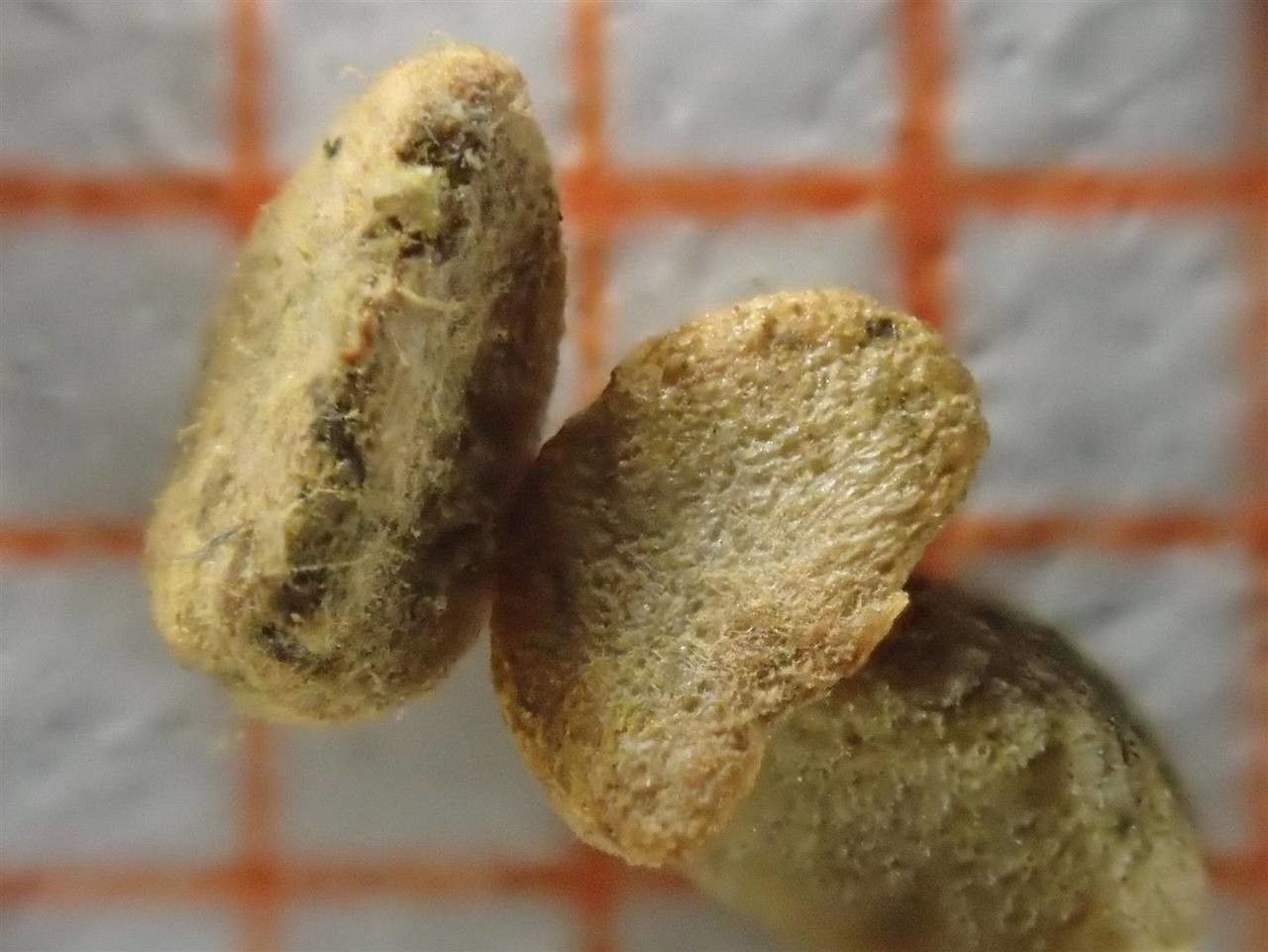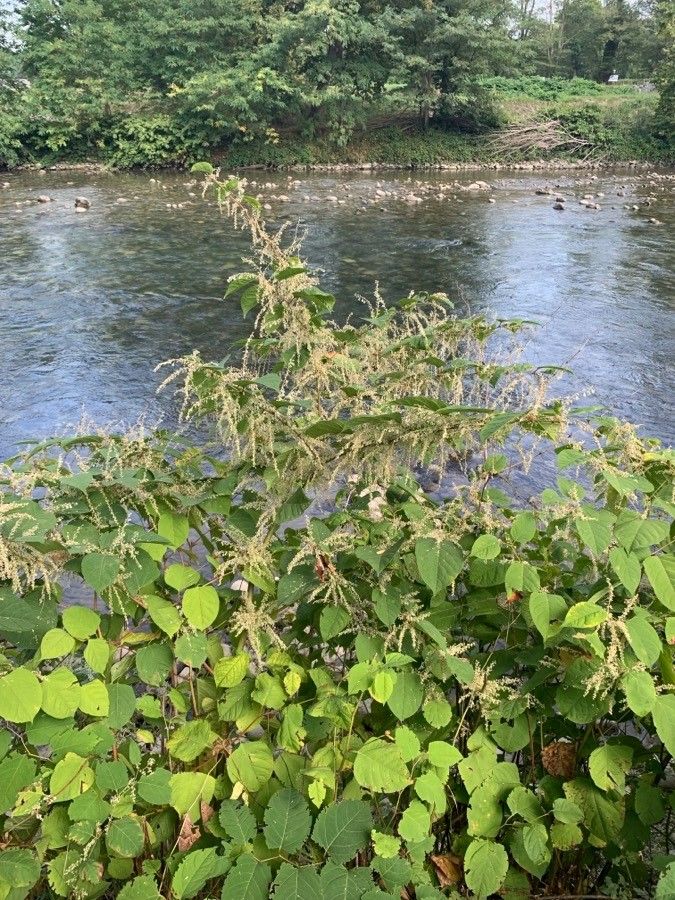Lowland rice
Lowland rice, a staple food for billions, thrives in flooded fields! This amazing plant is more than just dinner; it provides habitat for diverse creatures. What’s special? Its roots can breathe underwater! Growing rice paddies also help control water flow, reducing erosion. Next time you enjoy rice, remember this fascinating and vital plant. Lowland rice … Read more
